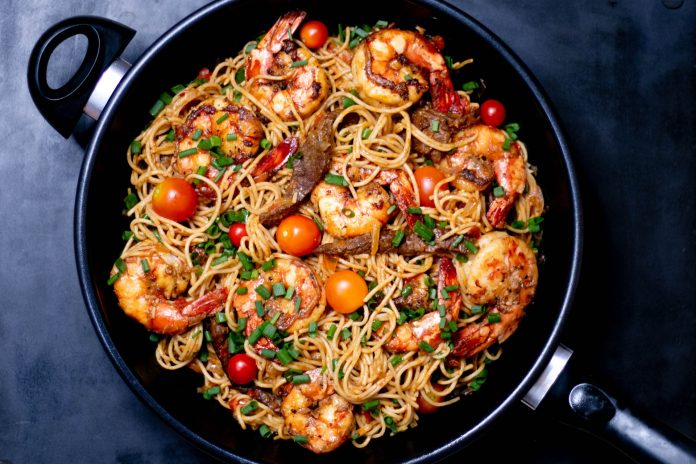Introduction: Arabian Cuisine, a Tapestry of Tradition and Flavor
Arabian foods, steeped in centuries of rich history, bring forth a culinary tapestry that reflects the cultural diversity and ancient traditions of the Arab world. Join us on a journey through the vibrant flavors, aromatic spices, and mouthwatering dishes that define Arabian cuisine.
The Essence of Arabian Spices: Aromatic Alchemy
Arabian cuisine is synonymous with a symphony of spices that elevate each dish to a sensory masterpiece. Cumin, coriander, cinnamon, and cardamom are just a few of the aromatic alchemy that imparts depth and complexity to Arabian foods. From savory stews to grilled meats, the use of spices is an art that has been perfected over generations.
Hummus: The Beloved Dip of the Middle East
No exploration of Arabian foods is complete without savoring the velvety goodness of hummus. This classic dip, made from blended chickpeas, tahini, olive oil, and a hint of garlic, is a staple that graces tables across the Arab world. Pair it with warm pita bread, and you’re transported to a culinary haven.
Shawarma: The Street Food Sensation
Shawarma, a beloved street food, is a testament to the flavorsome simplicity of Arabian cuisine. Thin slices of marinated meat, often chicken or beef, are stacked on a vertical rotisserie, slowly grilled to perfection, and then served in a wrap or on a plate. The result is a succulent blend of spices that leaves taste buds craving more.
Dates and Nuts: A Sweet Symphony
Arabian desserts are a celebration of sweetness, and dates and nuts take center stage. From stuffed dates with almonds to baklava filled with pistachios, these treats showcase the artistry of combining natural sweetness with the earthy richness of nuts, creating a sweet symphony that lingers on the palate.
Mandi: A Fragrant Rice Feast
Mandi, a traditional Arabian rice dish, is a fragrant feast that exemplifies the art of spice blending. Meat, often lamb or chicken, is slow-cooked with a medley of aromatic spices and then layered atop long-grain basmati rice. The result is a tantalizing fusion of flavors and textures that embodies the heartiness of Arabian cuisine.
Falafel: Crispy Delight with a Chickpea Base
Falafel, a vegetarian delight, is a crispy and flavorful dish made from ground chickpeas or fava beans. Deep-fried to perfection, falafel is often enjoyed in a pita sandwich or as a standalone appetizer. Served with tahini sauce, it’s a bite-sized burst of Arabian goodness.
Maqluba: The Upside-Down Wonder
Maqluba, translating to “upside-down” in Arabic, is a savory dish that’s as visually stunning as it is delicious. Layers of rice, meat, and vegetables are cooked together, and when ready, the dish is flipped upside down for serving. The result is a colorful and flavorful masterpiece that’s a feast for both the eyes and the taste buds.
Arabic Coffee and Dates: Traditional Hospitality
Arabic coffee, often referred to as “qahwa,” is an integral part of Arabian hospitality. Served in small cups alongside dates, this traditional combination is a symbol of warmth and welcome. The coffee is flavored with cardamom and enjoyed as a social ritual, fostering connections and conversations.
Conclusion:
Arabian foods offer a culinary journey that transcends geographical borders and invites food enthusiasts to indulge in a feast for the senses. From the aromatic spices that dance on the palate to the sweet symphonies of dates and nuts, Arabian cuisine is a celebration of tradition, flavor, and the art of culinary storytelling.
